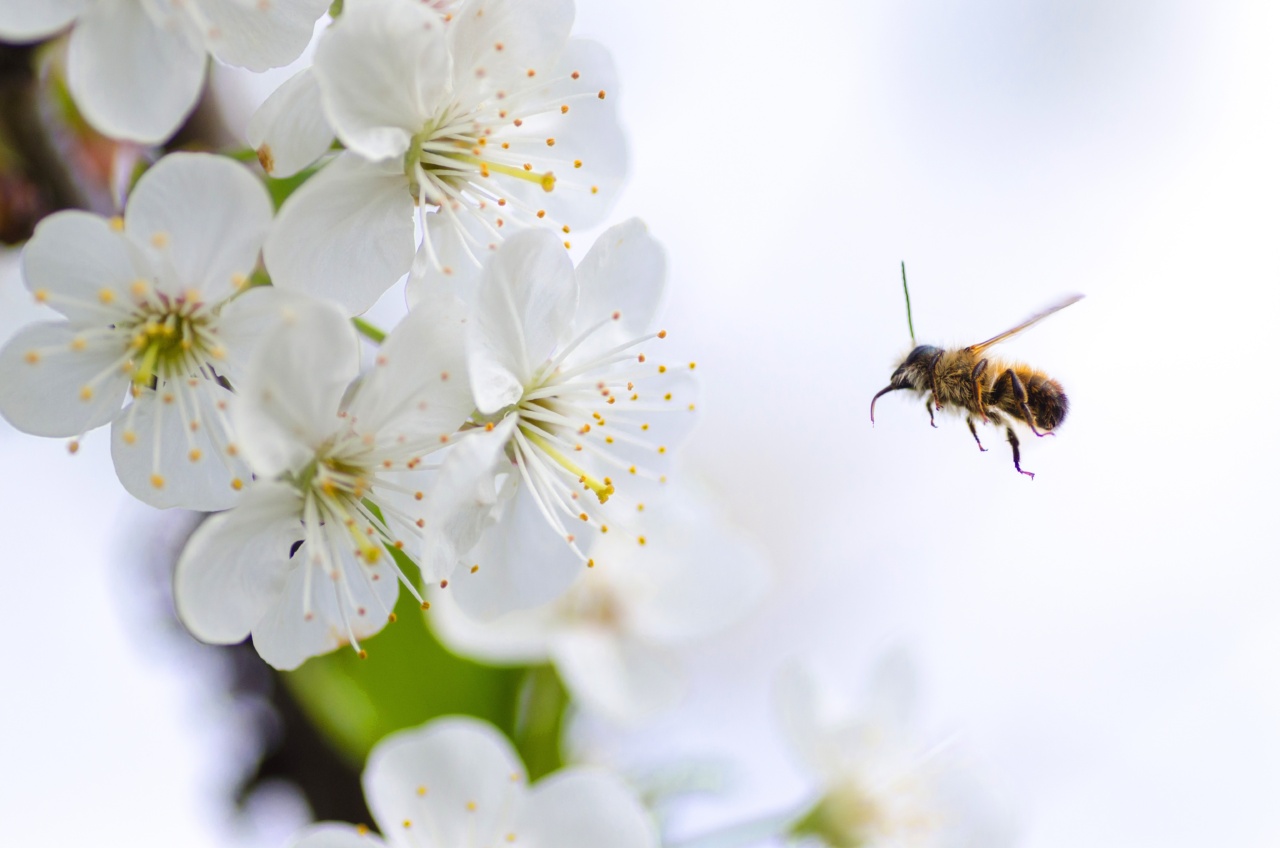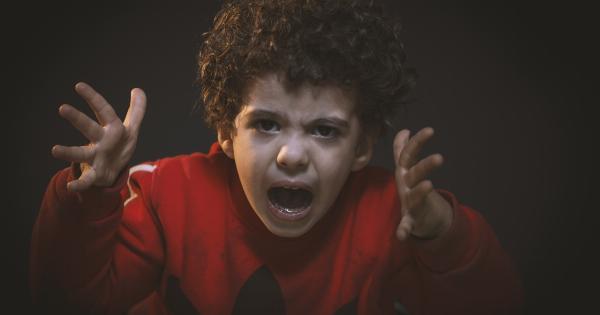There is nothing quite as alarming as witnessing your child being stung by a bee. The sudden pain, followed by tears and a swollen area, can be a terrifying experience for both the child and the parent.
As a parent, it is essential to remain calm, take swift action, and provide the necessary care for your child’s bee sting.
Identifying a Bee Sting
Before delving into the treatment and care for a bee sting, it is vital to know how to identify one. A bee sting typically leaves behind a red, swollen area with a small white spot in the center.
The initial pain might subside within a few minutes, but the swelling can persist for a few hours or even days, depending on the individual’s reaction.
Removing the Stinger
The first step in treating a bee sting is to remove the stinger embedded in your child’s skin. Bees leave their stingers behind in the skin, and they continue to pump venom into the wound for a short period.
To remove the stinger, avoid using tweezers or pinching it with your fingers, as it may squeeze more venom into the wound. Instead, gently scrape the stinger out with a flat object, such as a credit card or a blunt knife. Ensure that you do not press too hard, as this might cause the stinger to break, leaving some parts behind.
Washing the Area
After successfully removing the stinger, wash the area with mild soap and water. Clean the site gently to avoid causing any further pain or irritation. Pat the area dry with a clean towel or let it air dry.
It is crucial not to rub or scratch the area, as this can exacerbate the swelling and discomfort.
Applying a Cold Compress
To alleviate the pain and reduce swelling, apply a cold compress to the affected area. Wrap a few ice cubes in a clean cloth or place a cold pack over the sting. Keep the compress on the area for 10 to 15 minutes at a time, with breaks in between.
The cold temperature helps constrict blood vessels and diminishes the inflammatory response.
Administering Pain Relief
If your child is experiencing significant pain, over-the-counter pain relief medication, such as ibuprofen or acetaminophen, can be administered following the instructions provided on the packaging.
However, it is crucial to consult your child’s pediatrician or healthcare provider before giving any medication, especially to younger children or if your child has any pre-existing medical conditions.
Using a Bee Sting Remedy
Various natural remedies can help alleviate the discomfort associated with a bee sting. A paste made from baking soda and water can be applied to the sting site to help neutralize the acidity of the bee venom.
Another option is applying a mixture of meat tenderizer and water, as it contains papain, an enzyme that can break down the proteins in the venom and reduce swelling. However, it is important to note that these remedies may not work for everyone, and it is always best to consult a healthcare provider for personalized advice.
Monitoring for Allergic Reactions
While most bee stings cause localized reactions, some individuals may experience an allergic reaction, which can be severe and life-threatening.
Monitor your child closely for any signs of an allergic reaction, including difficulty breathing, swelling of the face or throat, hives, dizziness, or nausea. If your child exhibits any of these symptoms, seek immediate medical attention. Remember, it is always better to be safe than sorry.
Preventing Future Bee Stings
To lower the risk of future bee stings, it is essential to educate your child about bees and how to behave around them. Teach them to avoid swatting or running from bees, as these actions can trigger aggressive behavior.
Additionally, consider wearing light-colored clothing, as dark colors may attract bees. Encourage your child to remain calm and still if a bee is nearby, as bees are less likely to sting if they do not feel threatened.
Seeking Professional Advice
If your child has been stung multiple times, has a known bee allergy, or experiences a severe reaction, it is crucial to consult with a healthcare professional or allergist.
They can provide personalized advice, conduct allergy tests, and, if necessary, prescribe medication, such as epinephrine auto-injectors, for emergency use.
Conclusion
In the end, a bee sting can be a painful and frightening experience for both children and parents. However, by remaining calm, taking swift action, and providing proper care, you can help alleviate the discomfort and ensure your child recovers quickly.
Educate your child on bee safety and prevention, monitor for allergic reactions, and always seek professional advice if needed. With the right knowledge and precautions, you can turn a sting to the heart into a valuable learning experience for your child.





























